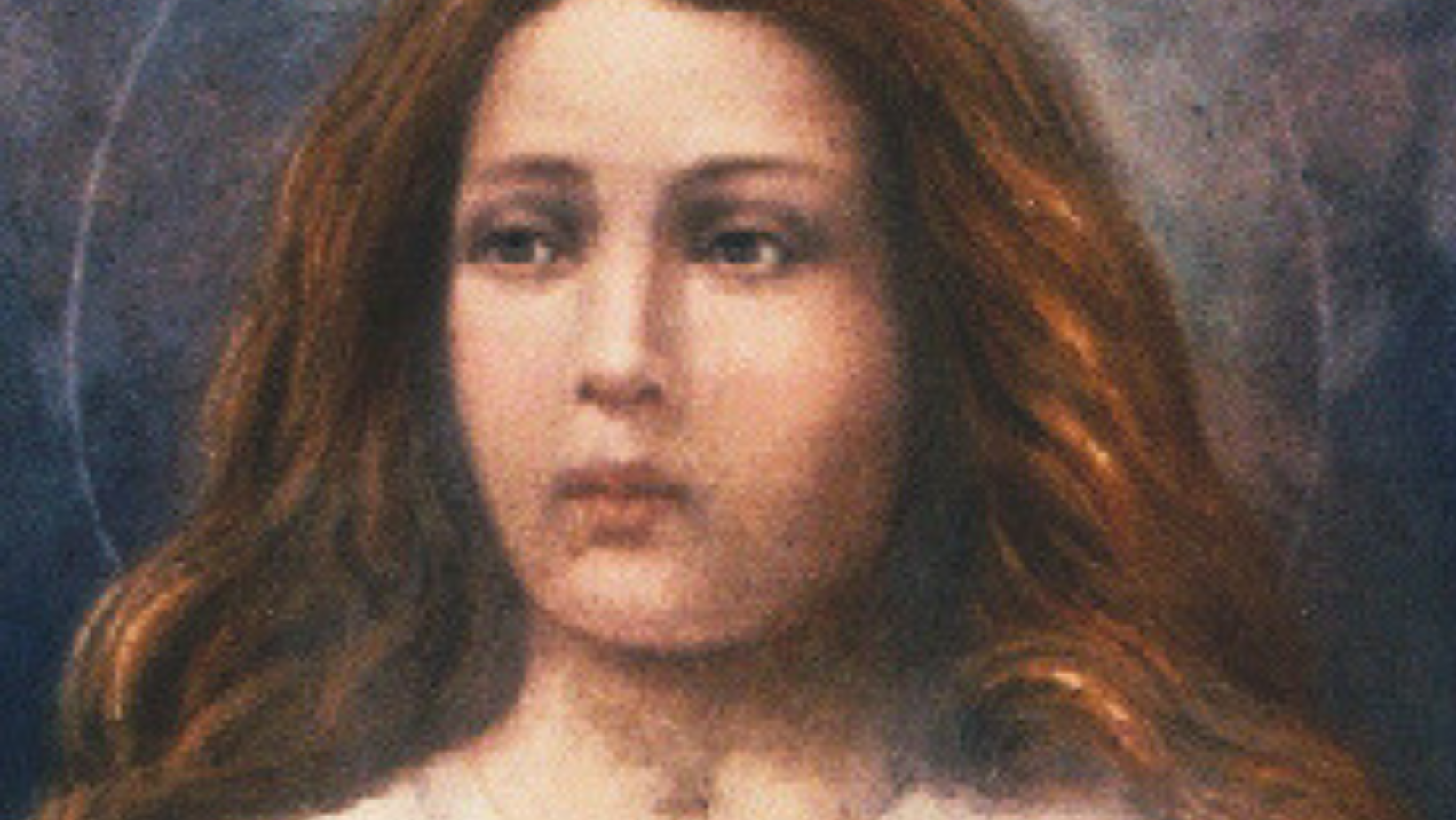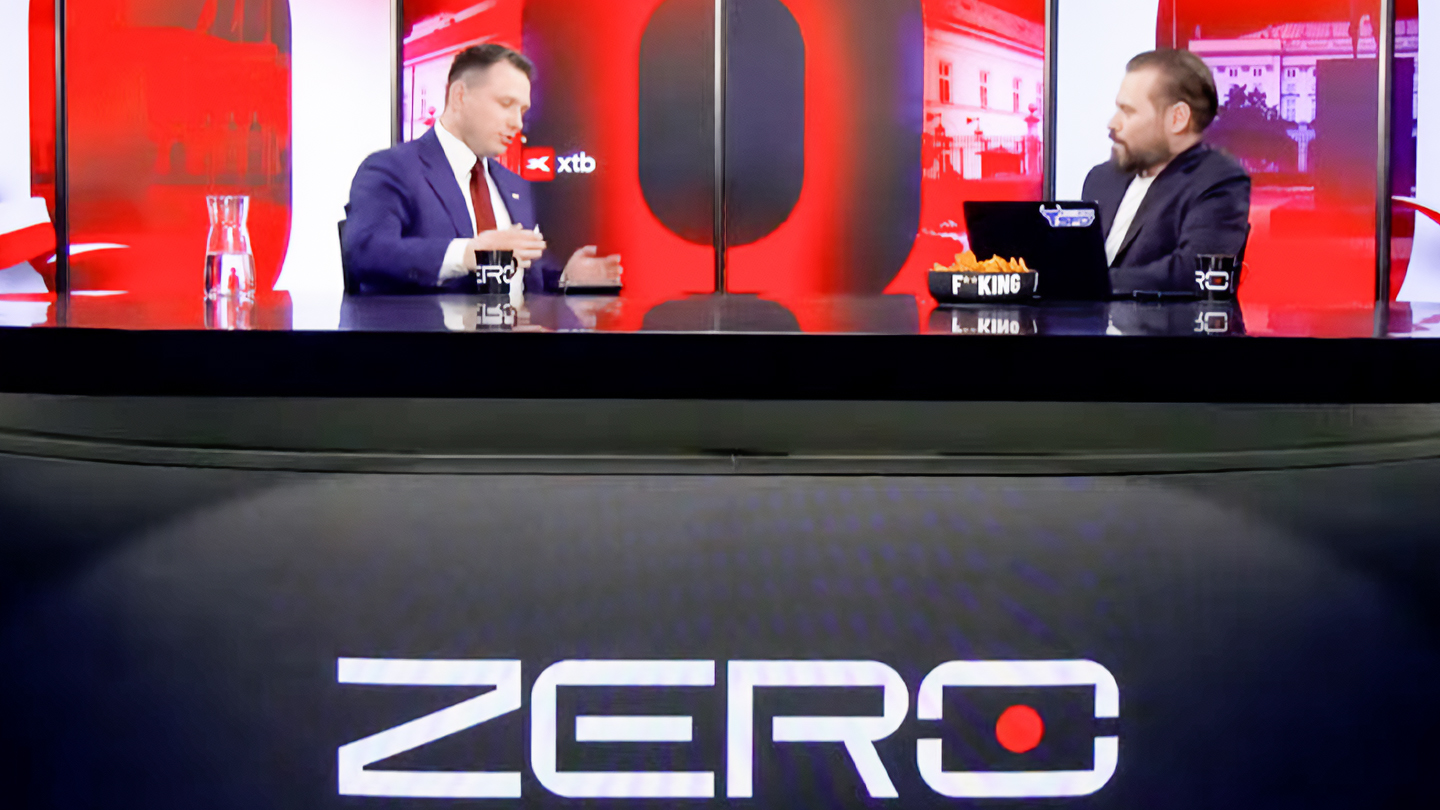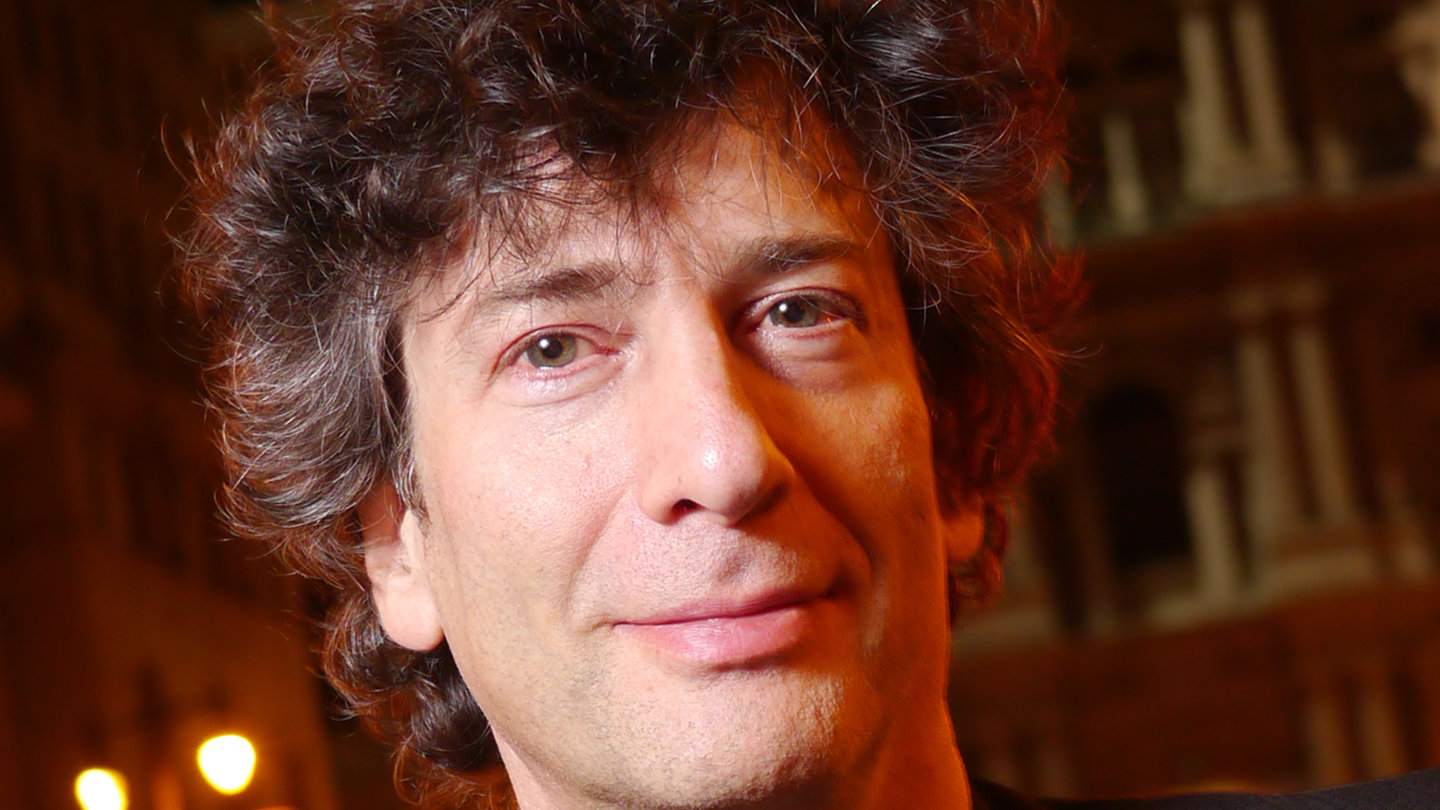
What sense does it make for us present to reflect on double papacy in the past of the Church? The aim is to find a solution in today's insoluble situation. The Pseudopopie Francis Bergoglio brought upon himself multiple anathema—excommunication, or exclusion from the Church for destroying all the foundations of religion which the Holy Scriptures and Tradition give us. In this emergency, extraordinary measures must be sought and applied to prevent the top disaster in the past of the Church from being completed.
In this first part, we will callback the cases of double papacy until the 11th century, or Kluniacka reform. The double papacy had already begun during the cruel persecution of the Church in the 3rd century.
video: ]]>https://vkpatriarhat.org/en/?p=20804]]>]]>https://christ-bearers.wistia.com/medias/rnaorvqbmq]]>
]]>https://bcp-video.org/en/double-public-participants-1/]]>]]>https://youtu.be/CybaLR4Kt0]]>
]]>https://rumble.com/v3m7gh4-double-Pope.html]]>]]>https://ugetube.com/watch/8M5xCVIHb1Tso6N]]>
III century
Kalikst I (217-222) – After his election as Pope, Kalikst was shortly ordained a Roman bishop Hippolytwho fought the heresy of Sabelius denying the fact of the Holy Trinity.
Urban (222-230) – besides during this period he was the second pope Hippolyt.
Poncjan (230-235) - besides behind Pontian was inactive Hippolyt. For spiritual disputes, the prefect drove both Hippolyt and Poncjanus out of Rome. They both renounced Papacy.
Cornelius (251-253) “After the election of Cornelius, a part of the Roman community chose another pope, a Roman theologian Novitiana.
4th century
Liberius (352-366) – Liberius was sent to Thrace by Emperor Constantine, who advocated arianism. An archdeacon was established on the bishop's stool in Rome Felix (355-358). A condition of the Roman clergy took his side. The second part of the Roman community refused to accept it. Upon Liberius' return Felix was exiled.
Damases I (366-384) – Part of the Roman clergy supported the Deacon UrsinaAnd any of Damaz's Deacon. Emperor Valentine (364-370) supported and promoted Damaz.
V age
Bonifacy I (418-422) – A group of deacons chose Eulalyusrecommended by the erstwhile Pope Zozym. Another part supported the educated Boniface. Emperor Honorius (395-423) initially supported Eulalius, but in 419 he drove him out of Rome and recognized Boniface as the legitimate pope.
6th century
Symmachus (498-514) – After the death of Pope Anastaze II, many of whom wrote into the past of the Church as a heretic, came akin to the days of Damaz and Boniface I an unfortunate double choice. 1 side chose the Deacon Symmachus of Sardinia. Anastaze’s supporters chose arcyperrezbiter Laurentius. Symmachus was ordained in the Lateran Basilica, and Laurentius in the Church of Our woman the Greater. Both sides turned to the Arian king of the Goths, Theodoryk, who considered rightful Pope Symmachus. At that time, the first decree to elect the Pope was issued. It gives the Pope-in-Office the right to designate his successor. This was intended to exclude the interference of the Christian community in the election of the pope.
VII century
Horse (686-687) "After Pope Konon died, the disputes between believers in Rome could not be resolved. In 687 for a time, 1 organization chose Theodora, and the another Paschalisa. The same year it was selected Sergei IAnd Theodore and Paschalis were forced to abdicate.
VIII century
Stefan III (768-772) – After Paul I died in Rome there was a coup. The typical of the military nobility, the Voivode of Totone of Nepi, gave the choice to Pope his brother Constantine, But he only lasted a year. In 768 the Longobards conquered Rome and settled on the throne of the papal monk Philip. However, the anti-French organization selected the same year Stefan III, to whom Pope Philip had to step down. Constantine and Stefan III brutally avenged the winning party. The incumbent Stefan in 769 convened a synod that established a fresh papal electoral strategy limiting both the active and passive right of electoral to the Roman clergy.
IX century
Benedict III (855-858) "After the death of Leon IV, there was one more time a simultaneous election of 2 popes. 1 group elected Benedict III, the another group elected Father Anastaze. With the aid of the imperial organization he managed to dethrone Benedict III. But the people and clergy stood up for him. Benedict was freed and restored to office.
John IX (898-900) – The dispute between Formosus' supporters and his opponents lasted years even after his death. The opponents succeeded in placing Bishop Sergius of Caere on the papal throne in 897. However, the Formosians forcibly drove the recently elected pope with the aid of Lambert of Spoleto. In 898 they appointed as Pope Abbot John of Tivoli (John IX).
X century
Leon V (903) – Leon V was deposed and imprisoned after a two-month pontificate. He was elected to the papal throne Christopher. erstwhile Sergius of Caere returned to Rome, he deposed Christopher.
Sergius III (904-911) – Bishop Sergius of Caere as early as 897, managed to fight with the aid of anti-formosians to sit on the papal throne. The supporters of Formos, however, exiled Sergius III and alternatively chose John IX (898-900). Sergius returned with an armed escort and took over. With his predecessors, Leon V and Krzysztof, he conducted a short trial - ordered both to be killed by force.
In early 904, Sergius III sat down with the aid of the Roman patrician Theophilakt again on the papal throne.
Benedict VI (973-974) – After the death of John XIII, the Romans elected Pope Benedict VI. The Krescencejus organization overturned Benedict and appointed Pope Boniface VII. He then fled to Constantinople.
Benedict VII (974-983) – The Romans chose Benedict VII. After the death of Benedict VII Bonifacy VII returned from Constantinople and captured a fresh legitimate pope John XIV (983-984), who died from imprisonment.
Bonifacy VII (984-985) After a year, he was deposed and murdered. His corpse was dragged down the streets of Rome.
Grzegorz V (996-999) – After the death of John XV (985-996), King Otton III in Ravenna established Pope of his 24-year-old comparative Brunon (Grzegor V). He was the first pope of German nationality. Immediately after the emperor's departure from Rome, Gregory was exiled, and in 997, the pseudo-Pope John Filagathus, who accepted the name Jan XVI. Emperor Otton (998) returned and restored to the papal throne of Gregory V, cruelly dealing with his opponents.
XI century
Benedict VIII (1012-1024) – Tusculan nobles managed to gain power in Rome. They promoted Theophilakt from their household as Benedict VIII. However, the household of Crescents appointed the Pope Gregory VI. Both popes addressed King Henry II, who, however, advocated Benedict.
Benedict X (1058-1059) – Immediately after the death of Stefan IX (1057-1058), the Counts of Tuscula in Florence forcibly elevated a associate of their family, Bishop John, who accepted the name Benedict X. However, the improvement communities refused to accept this choice. They promoted choice Santa II at the Synod in Sutra in 1059 and invalidated Benedict's election. Benedict was forced to leave Rome.
Alexander II (1061-1073) – after the election of Alexander II, the German court nominated an opposition candidate to the elected Alexander II, the Parm Bishop of Kadal, who received the name Honorius II. Alexander II, with skillful diplomacy, managed to force Honorius II to resign.
Gregory VII (1073-1085) – Emperor Henry IV abused 28 bishops, and in Brixen was elected pseudo-Pope Wibert of Ravenna, who accepted the name Clement III. In 1083 Henry and Clement managed to enter the Eternal City. Pope Gregory VII sought refuge in Angel Castle.
Victor III (1086-1087) Meanwhile, Clement III ruled. Only a year after the death of Gregory, Victor III was elected to the papal throne by the improvement Party. However, his pontificate was burdened with disputes with Clement III.
Urban II (1088-1099) "After Victor died only six months later he was elected in Terracin Urban II. due to the fact that most of Rome controlled Clement IIIHe had to live on an island in the mediate of the Tiber. In 1090, he managed to conquer the full town and was declared pope. However, the force of the emperor was strong adequate to gotta retreat to the Norman areas. In 1093 he again entered Rome. In 1095 he convened a council in Piachenka, which cast a curse on Clement III and invalidated his ordination of bishops.
Summary: Any case of double papacy would require a more precise explanation. We just want to remind you that this phenomenon repeated in the past of the Church. Today, the institution of Papacy and Vatican, thanks to Francis and his clan, has de facto completely fallen into the hands of the Masons. They search not only to destruct surviving faith, but above all to abuse papal power for mass apostasy and transform the Church into a satanic anti-Church of fresh Age. To talk of the Pope's infallibility present is nonsense. Pseudopopie Francis promotes sodomy and demon worship, enthroning Pachamama and sacrificing himself to Satan through a wizard in Canada. The biggest tragedy is that bishops, priests and believers do not see it and do not want to see it.
In the second part, we will indicate the starting point of the spiritual improvement of the priesthood.
+ Elijah
Patriarch of Byzantine Catholic Patriarchate
+ Methodius OSBMr + Timothy OSBMr
bishops-secretaries
Double Papacy - a way out of the crisis of the modern Church
]]>https://vkpatriarhat.org/en/?p=23479]]>english
]]>https://vkpatriarhat.org/fr/?p=16879]]>français
]]>http://vkpatriarhat.org/es/?p=13400]]> ♪ español ♪
Subscribe to our newsletter]]>https://lb.benzmarkemail.com//listbuilder/signupnew?5hjt8JVutE5bZ8guod7%252Fpf5pwVnAjsSii5iGuoPZdjDtO5iNRn8gS049TyW7spdJ]]>





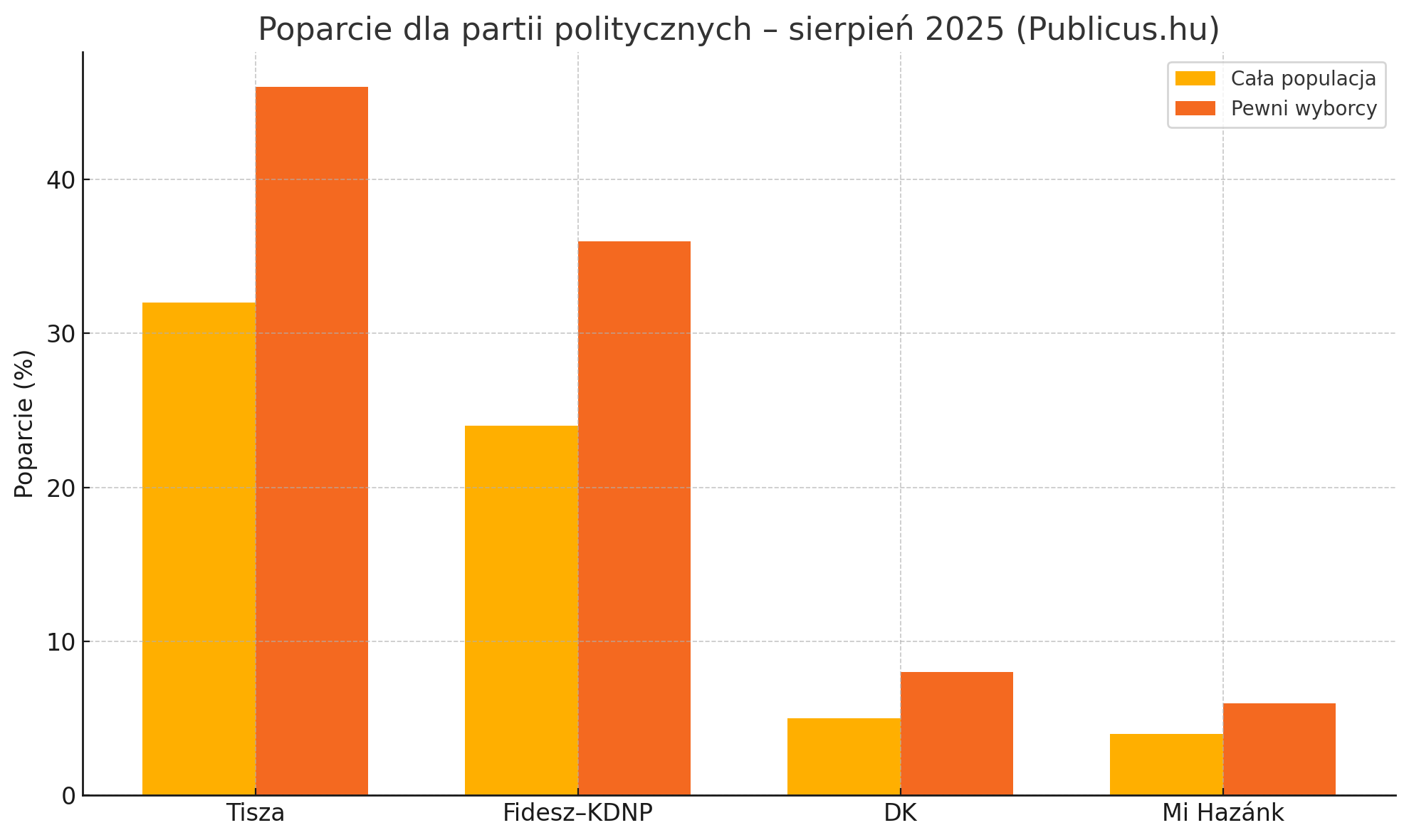
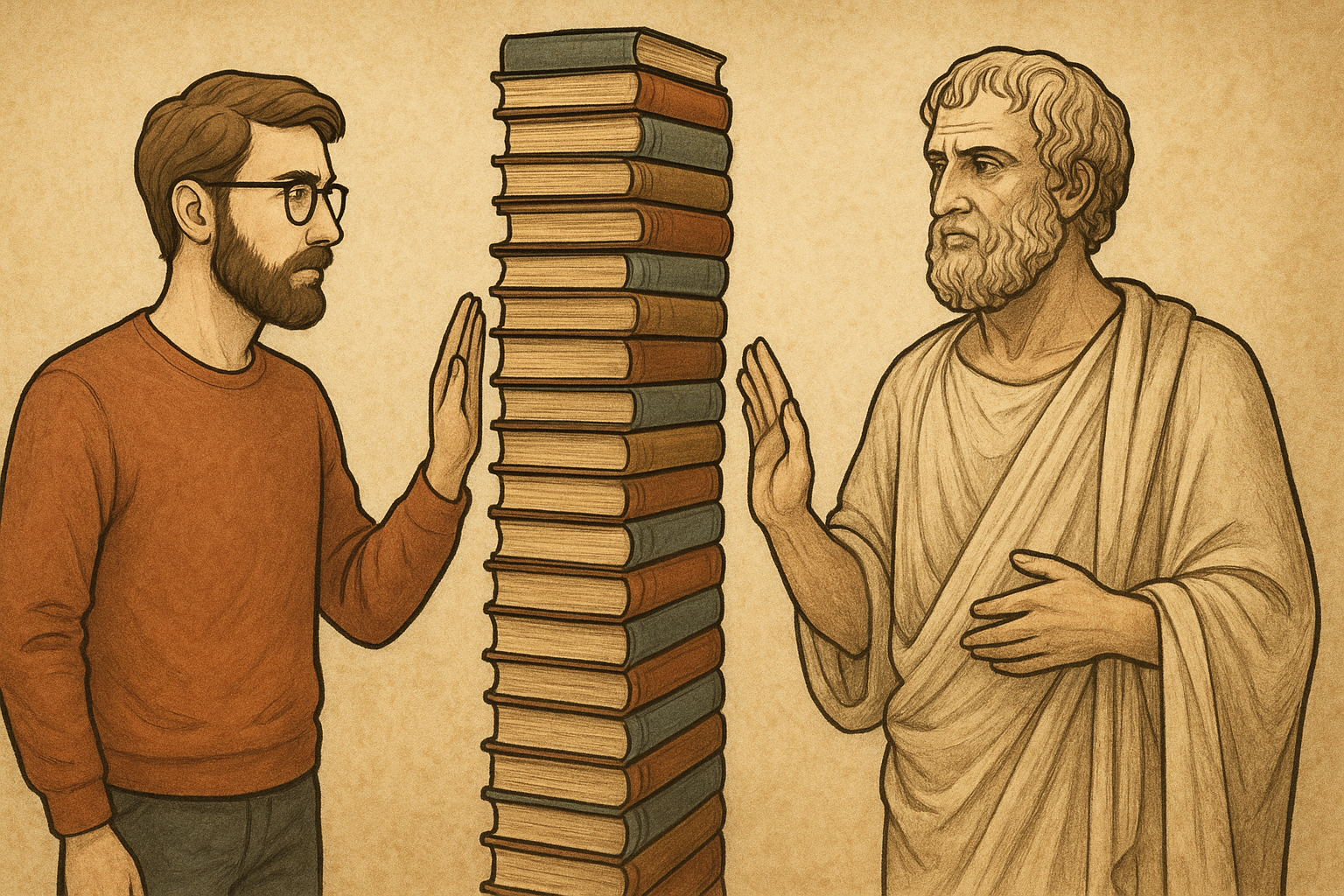

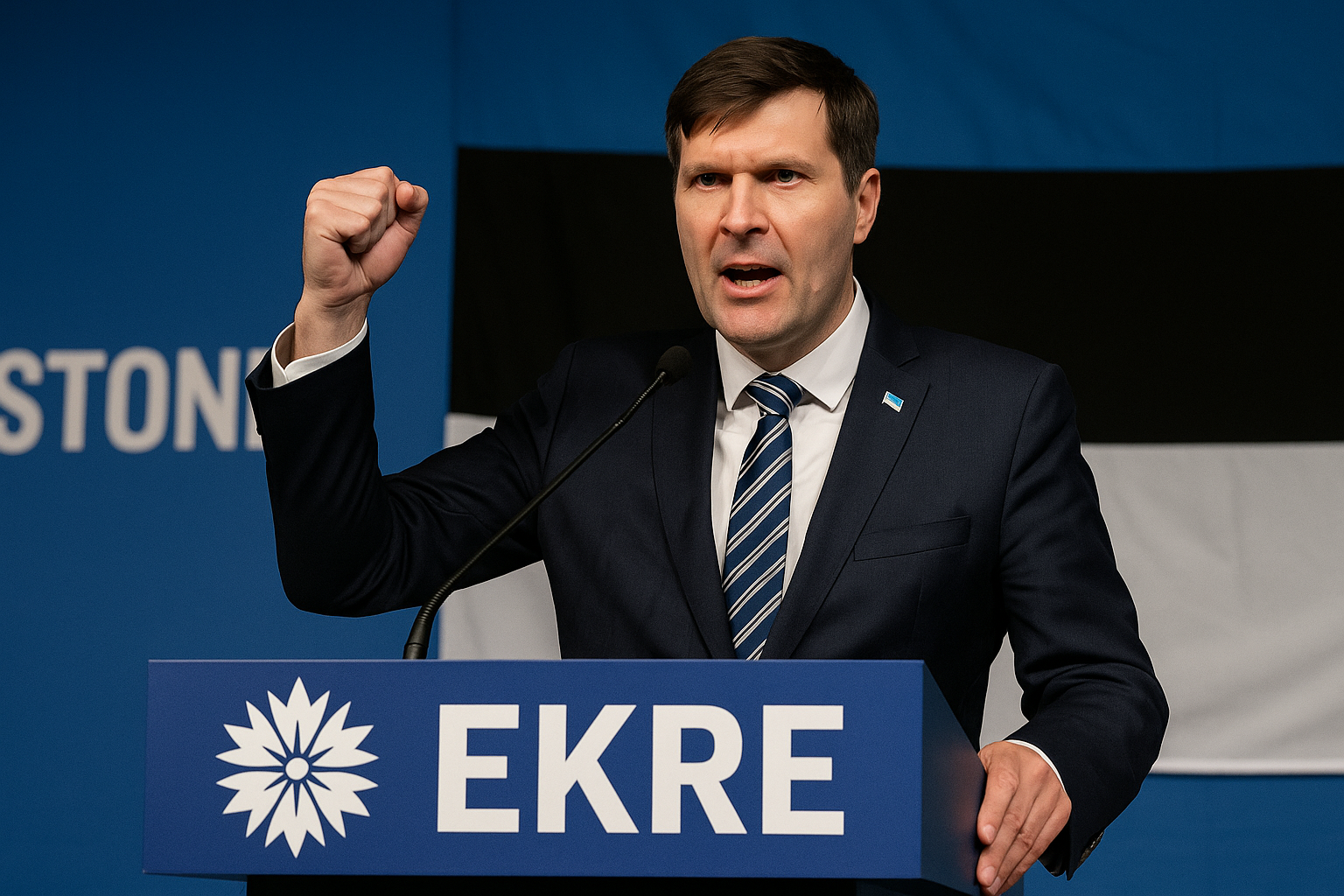
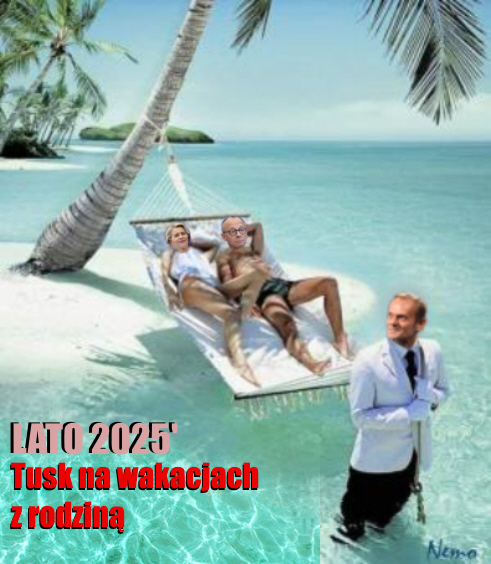
![A gdyby śmierci nie było? [o „Trzecim królestwie” Knausgårda]](https://krytykapolityczna.pl/wp-content/uploads/2025/07/Szablon-rozmiaru-obrazkow-na-strone-2.png)

